Frieze week report
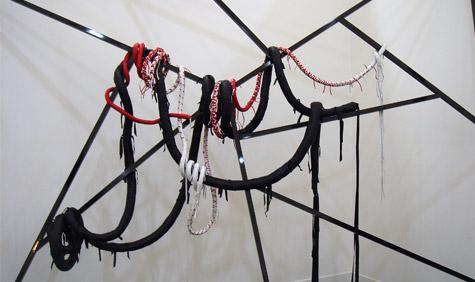
The vibe this year at Frieze was future-facing; mention of the downturn bought about visible ennui. Instead, it was all green shoots and what’s next. The main Frieze tent in Regent’s Park was its usual heady mix of hustlers, heavily botoxed collectors, students and artists all scribbling notes, gossiping and clicking away with cameras.
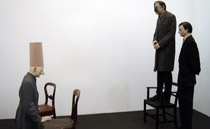
Exhibiting galleries came from all corners of the globe, from Vilnius to Sao Paulo, though there appeared to be a smaller BRIC country presence than last year, and the art itself ranged, as always, from the awesome to the awful.
Galleries like to roll out famous pieces from their big hitters as well as new works, and these are always a joy to behold in the fair setting, where information overload happens all too easily, and cynicism mounts at seeing one too many canvases splodged with bird faeces, or discarded piles of wood. It was comforting to witness Thomas Struth’s Paradise photos after seeing so many lacklustre canvases, reassuring to come across Cornelia Parker’s sculpture consisting of 14 pieces of crushed silver tableware after witnessing so many installations with ambiguous messages.
But there was a lot that was new and fresh too, seducing all ages. Teenagers, gathered round Rudolph Stingel’s gold canvas of flock wallpaper at Sadie Coles, were having its meaning explained by their Muslim classmate in a headscarf: ‘He has reversed the velvet and the paper. Normally it’s the other way around,’ she explained to her mates, going on to talk about what she would buy in another life.
Grayson Perry's Walthamstow Tapestry was on her wish list. It’s seven metres long, and alludes to Bayeux motifs such as Norman boats, maidens and peacocks but instead is inscribed with modern day brands such as Sony, Merrill Lynch, Nestle. Walthamstow is where Perry has his studio, and would it were such a colourful place in real life - but creating altered realities has been a popular theme among artists recently. Enter Andreas Gursky with his James Bond Island III montages or Charles Avery, who over the last 10 years has been building a mythical island and documenting its inhabitants, landscape and cosmology in words, painting and sculpture.
In a church at Marylebone, Joe La Placa, the dealer who opened one of the first galleries in TriBeCa in the 1980s, curated The Age of the Marvellous - a show which aimed to echo the wunderkammer- the Wonder Rooms of Renaissance Europe - where new objects and curiosities from all over the world would go on show.
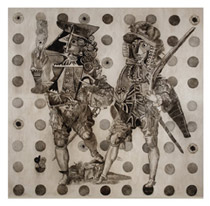
‘I brought together artists whose work is heavily inspired by science, archeology, entomology and natural history, those whose work unifies knowledge,’ he says. In the same way that the wunderkammer displayed never-seen-before minerals, unidentified American plants, and exotic foods like pineapples and mangoes, La Placa has brought together pieces such as Kate MccGwire’s abstract sculptures made with feathers from pigeons, mallards and jackdaws, and Hugo Wilson’s resin-set lungs and hearts, taken from culled deer, captured in various stages of panic.
Wallpaper* Newsletter
Receive our daily digest of inspiration, escapism and design stories from around the world direct to your inbox.
‘The artists I look for evade the freak show stuff that the YBA’s were so fond of replicating,’ says La Placa. ‘The wunderkammer caused genuine astonishment and awe, and were about learning and classification of new things, not about exhibiting freaks of nature.’ La Placa reckons he has hit on a recession-busting formula: ‘No gallery space, no flash publicity, just a room where I work with a bunch of artists I like (five of whom are in his show) and make ideas happen.’
At The Embassy, the ex-Sierra Leone Embassy in fact, young curator Xerxes Cook and Alex Dellal of 20, Hoxton Square projects, created an anonymous nation, where disharmony, tyranny and corruption were the norm. It was an ambitious show (it doesn’t get much bigger than trying to represent an entire, fictitious country), but highlights included a boxing ring by ex-marine-turned-artist Michael Lisle-Taylor where all manner of gratuitous violence could be performed, a wattle and daub Capitol Hill building by Alastair Mackie and Wolfe von Lenkiewicz’s political paintings. Artist Rosey Chan played a violated National Anthem on the piano and actors from Kevin Spacey’s troupe posed as the corpulent and corrupt ambassador.
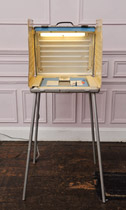
One show which seemed to chime perfectly with these more humble times was a show of outsider artists at the Museum of Everything. A group of well- known artists, from Jeremy Deller to Idris Khan to Peter Blake had selected unsung artists whose work had resonated with them in some way. The result was a mixed bag of art made by those whose personal lives were often more fascinating than their work, but who had, nonetheless, been heavily influential and sometimes extraordinary.
Take Nek Chand, a road worker at Chandigarh who by night made sculptures from found materials; when his work was discovered in a shed, it was put on display in the public gardens at Chandigarh. Or Henry Darger, reared in a children’s home and accused of abuse, whose faux naïve paintings of naked children are echoed so clearly in the work of the Chapman brothers.
As Rukhsana Jahangir, one of the shows curators explained: ‘We felt it was pay-back time; that those who have made it give some recognition to those who haven’t had a voice.’ The popularity of the show would suggest it struck a chord with many; that we were all ready for someone else to have turn.
Over in the world of design What we've come to know, after its first two years, as Design Art London, this year became the Pavilion of Art & Design. A new name signaled a change of direction, or rather a widening of content. This year the show included galleries not just specialising in 20th Century decorative arts, but also fine art, jewellery and design, both from last century and contemporary.
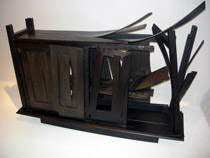
As such it made for a more diverse show though at times it felt a little incoherent too; alongside Francis Bacon's. Though there were many wonderful highlights but it arguably lacked the curatorial direction we enjoyed so much last year.
As the Pavilion of Art & Design shifted its focus from presenting 'new' pieces, that hole was neatly filled by an expanded Superdesign in Belgrave Square, which more than lived up to the adjective of its prefix. Hosted by Patrick Brillet of west London gallery, The Apartment, it showed new work from an eclectic gathering of mostly London-based designer-makers, produced by The Apartment, Tom Dixon, Gallery Fumi and Vessel.
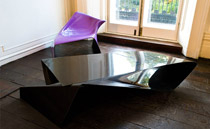
A lesson in less being more, the tight edit of limited edition pieces suggests London's design art scene may be taking an interesting turn. Experiments with materials old and new, traditional craftsmanship, cutting edge technology and, above all, character. Murmurings of design art being a 'done' trend, if Superdesign is anything to go by, are definitely premature.
Emma O'Kelly is a freelance journalist and author based in London. Her books include Sauna: The Power of Deep Heat and she is currently working on a UK guide to wild saunas, due to be published in 2025.
-
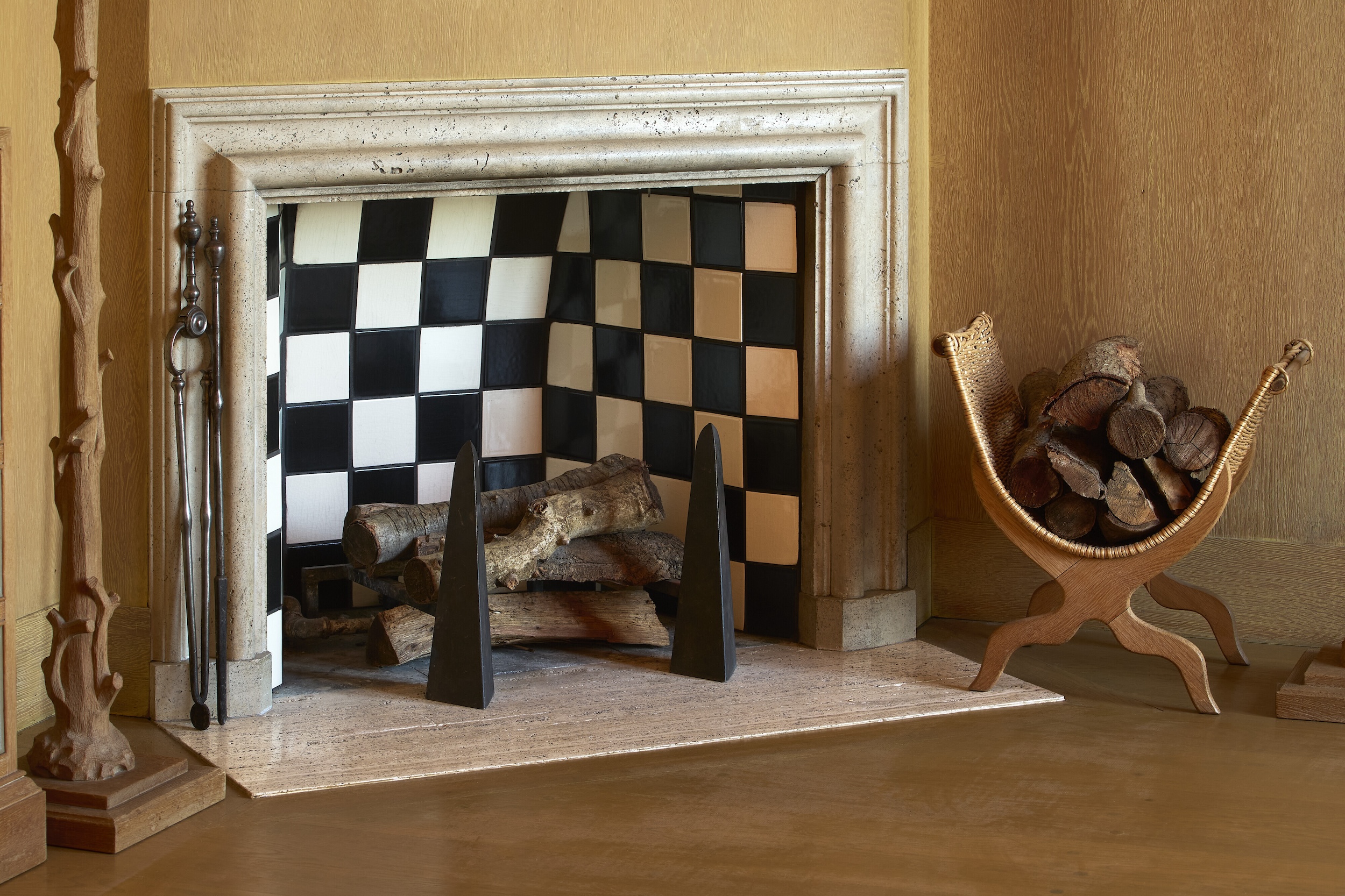 Liked it on Insta? Frances Elkins probably did it 90 years ago, as this revelatory design auction proves
Liked it on Insta? Frances Elkins probably did it 90 years ago, as this revelatory design auction provesYou can soon take home a piece of the legendary American designer’s legacy…including a $3 million Alberto Giacometti sculpture.
By Anna Fixsen
-
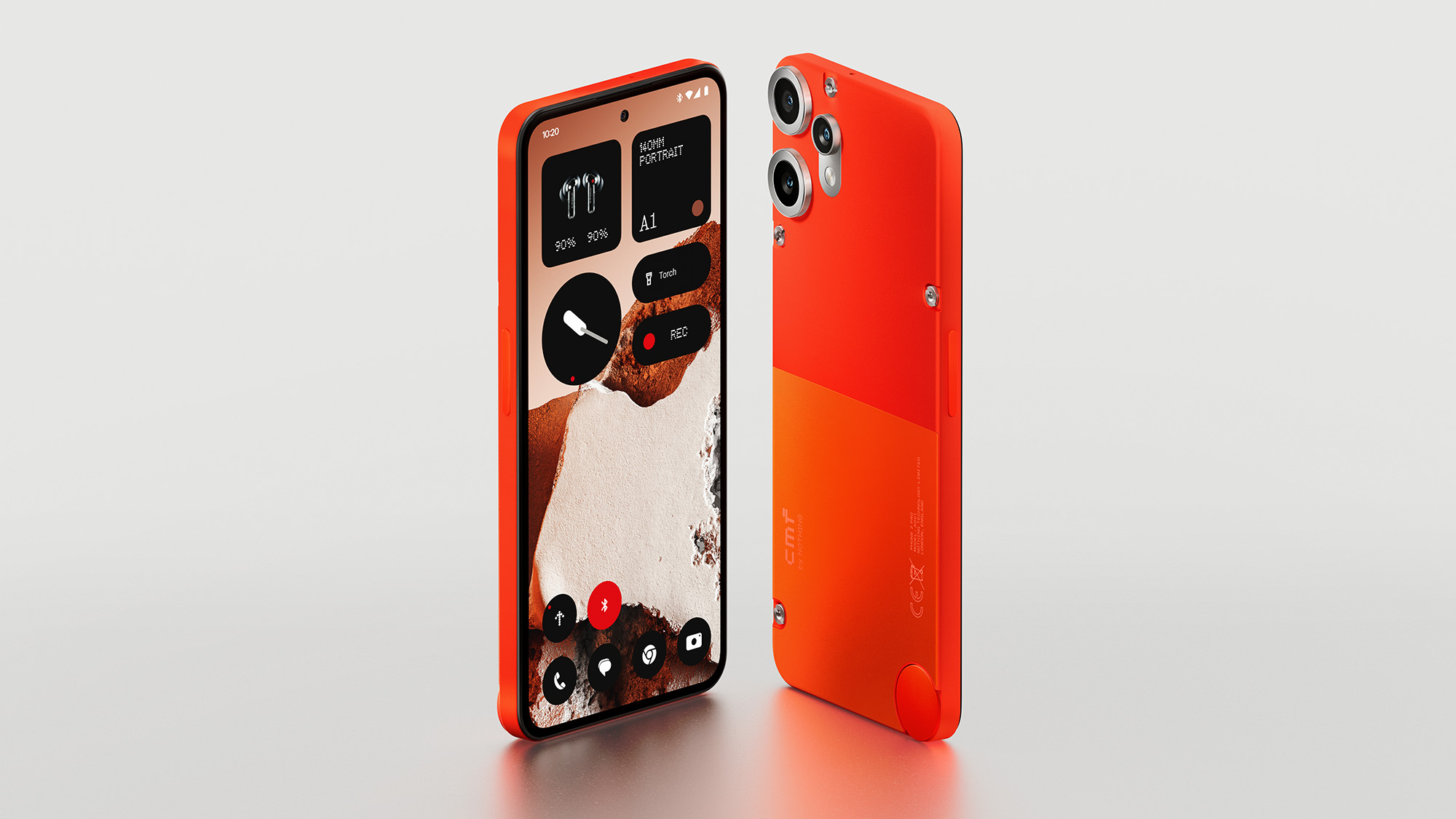 The new Phone 2 Pro from CMF combines generous scale with true affordability
The new Phone 2 Pro from CMF combines generous scale with true affordabilityWe explore the ins and outs of the CMF Phone 2 Pro, the newest device from the Nothing sub-brand that focuses on bold design and carefully honed value engineering
By Jonathan Bell
-
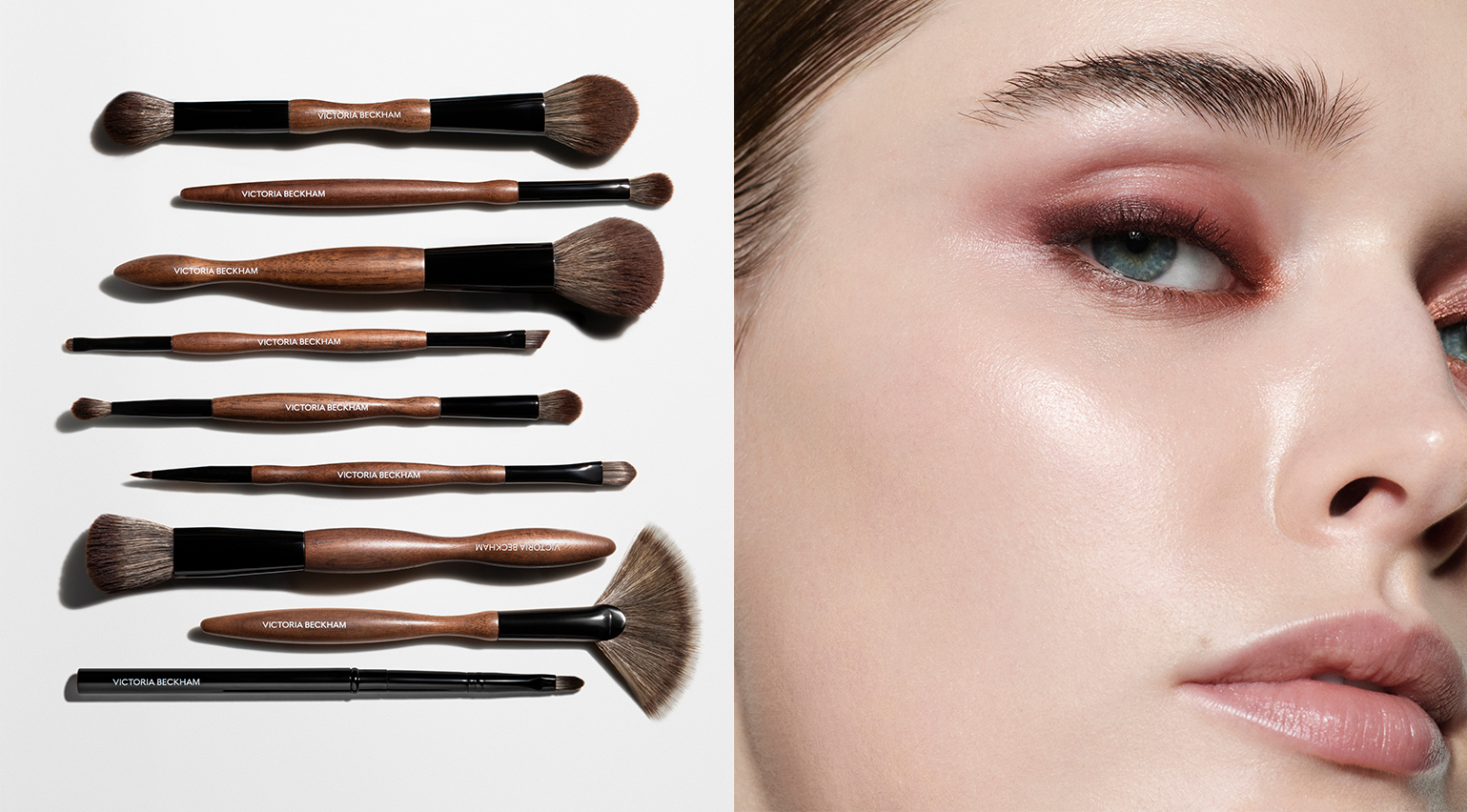 ‘I’ve considered every single detail’: how Victoria Beckham designed the perfect make-up brush collection
‘I’ve considered every single detail’: how Victoria Beckham designed the perfect make-up brush collectionVictoria Beckham speaks to Wallpaper* about the meticulous design process behind her debut collection of make-up brushes, which perfectly treads a line between form and function
By Hannah Tindle